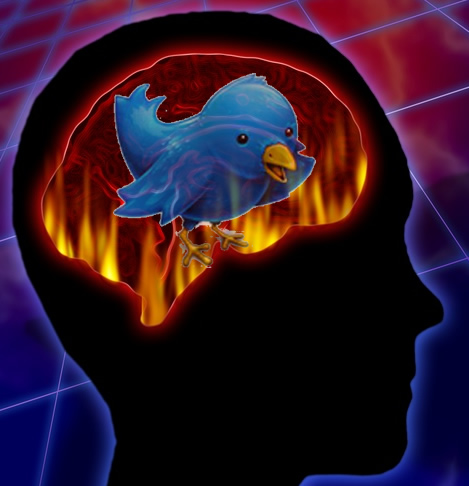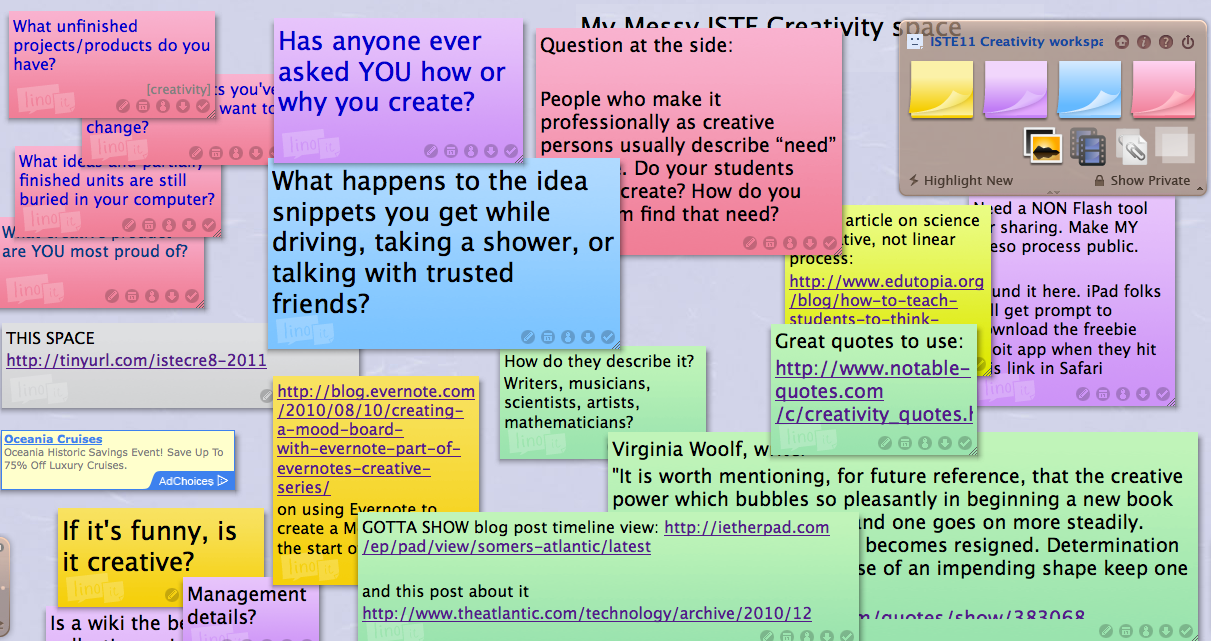Follow the leader — or someone else?
Try this creative mind game: What if everyone — past and present — had a hard wired Twitter account sharing their thoughts. Who would you “follow”?
My first impulse is to go for Leonardo DaVinci or Vincent Van Gogh or Claude Monet or Shakespeare or David Macaulay of The Way Things Work fame. I simply want to listen to their thoughts because I so admire them all. But these folks had avenues to express their most distilled thinking. Perhaps there are more productive ways to use Twitter-brain-listening.
How about today’s politicians? Could we make more informed decisions about our votes if their tweeting thoughts were unedited and unmediated? I find the idea a bit frightening, but maybe I could follow for a day or two to solidify my voting decisions.
I would love to use this imaginary tool to simply learn. I would crash Tweetdeck and never do much of anything else. Of course, I’d be tempted to DM back with my retorts and questions: D wshakespeare R U sure 2b or not 2b is the ?
 I think the better curiosity might be to follow the Twitter mindstream emanating from that student with crossed arms, closed eyes, and/or no homework. These students are not really trying to “hide” their thoughts, just veil them behind a socially patterned signal system. Yesterday I discovered a secret “tweet” from a student who posted a finished infographic assignment on a class wiki a few months ago. This student had resisted the whole idea of infographics in my colleague’s class but by the end of the year had decided that making infographics was the coolest way to learn. His teacher and I roared aloud to discover that he had named one of his midyear assignment files “stupidinfographic.jpg” That was his DM to his teacher. With the magic Twitterminder, we might not have missed it.
I think the better curiosity might be to follow the Twitter mindstream emanating from that student with crossed arms, closed eyes, and/or no homework. These students are not really trying to “hide” their thoughts, just veil them behind a socially patterned signal system. Yesterday I discovered a secret “tweet” from a student who posted a finished infographic assignment on a class wiki a few months ago. This student had resisted the whole idea of infographics in my colleague’s class but by the end of the year had decided that making infographics was the coolest way to learn. His teacher and I roared aloud to discover that he had named one of his midyear assignment files “stupidinfographic.jpg” That was his DM to his teacher. With the magic Twitterminder, we might not have missed it.
I can hear you cringing now, ” I would not want to hear all the thoughts that are flying in my classroom.” I wouldn’t either, but wouldn’t it be a learning experience to set a Tweetdeck column to our class hashtag and hear the thoughts for just a little while? Talk about formative assessment!
Happy summer to many. Take this creative mindgame to the beach with you.










